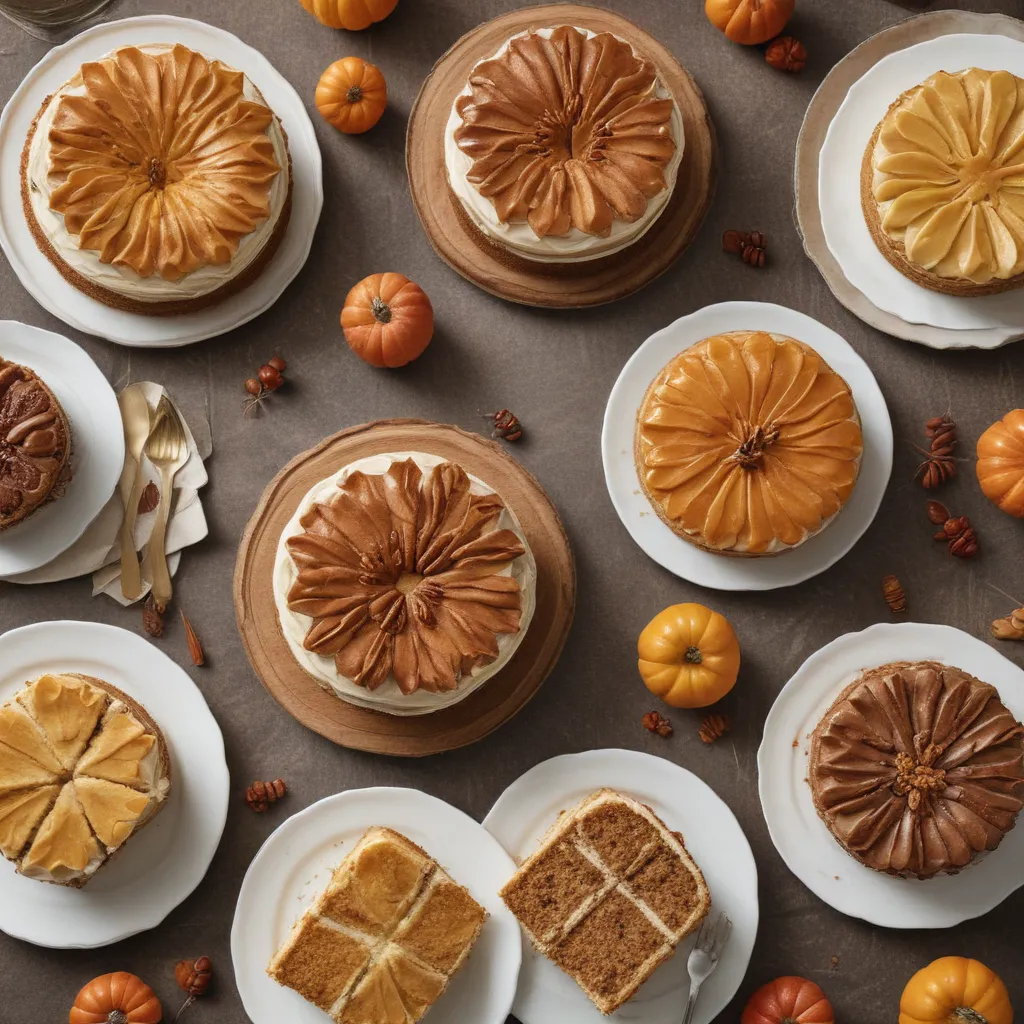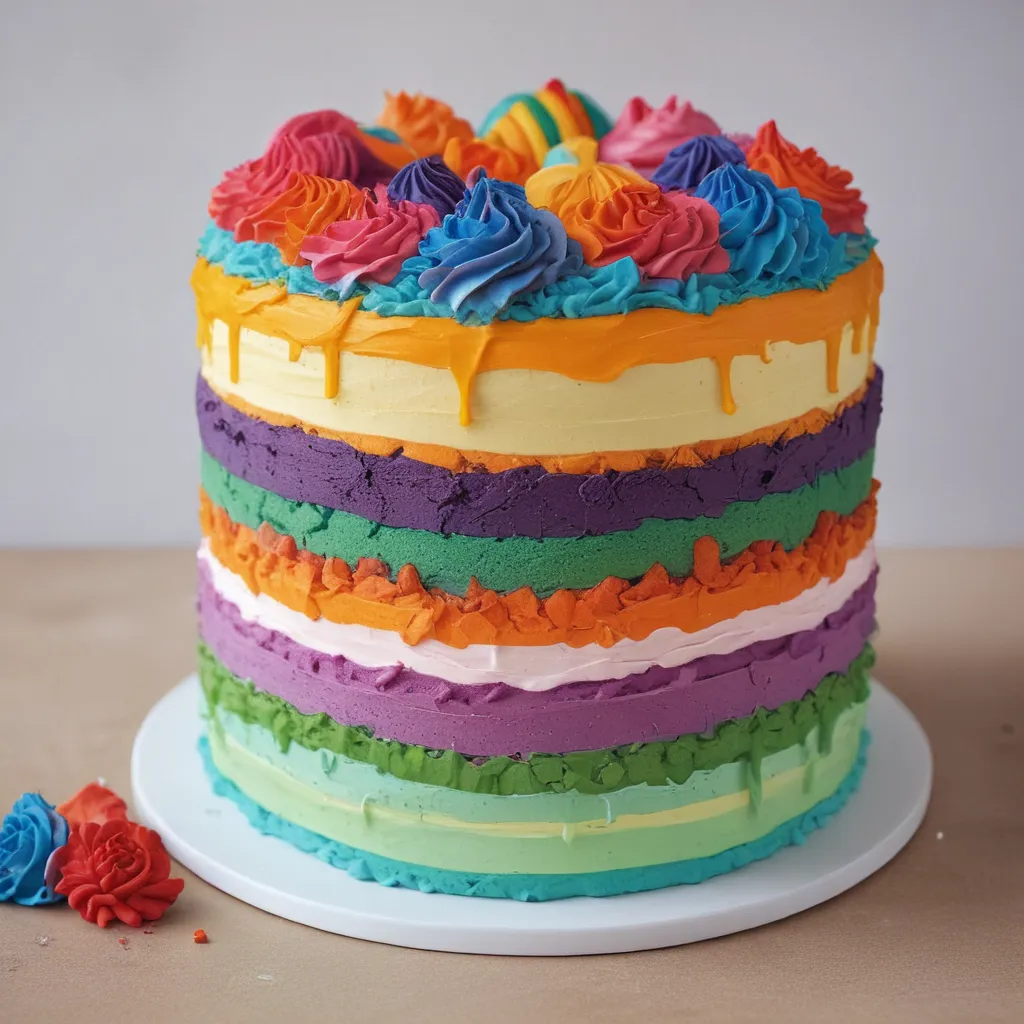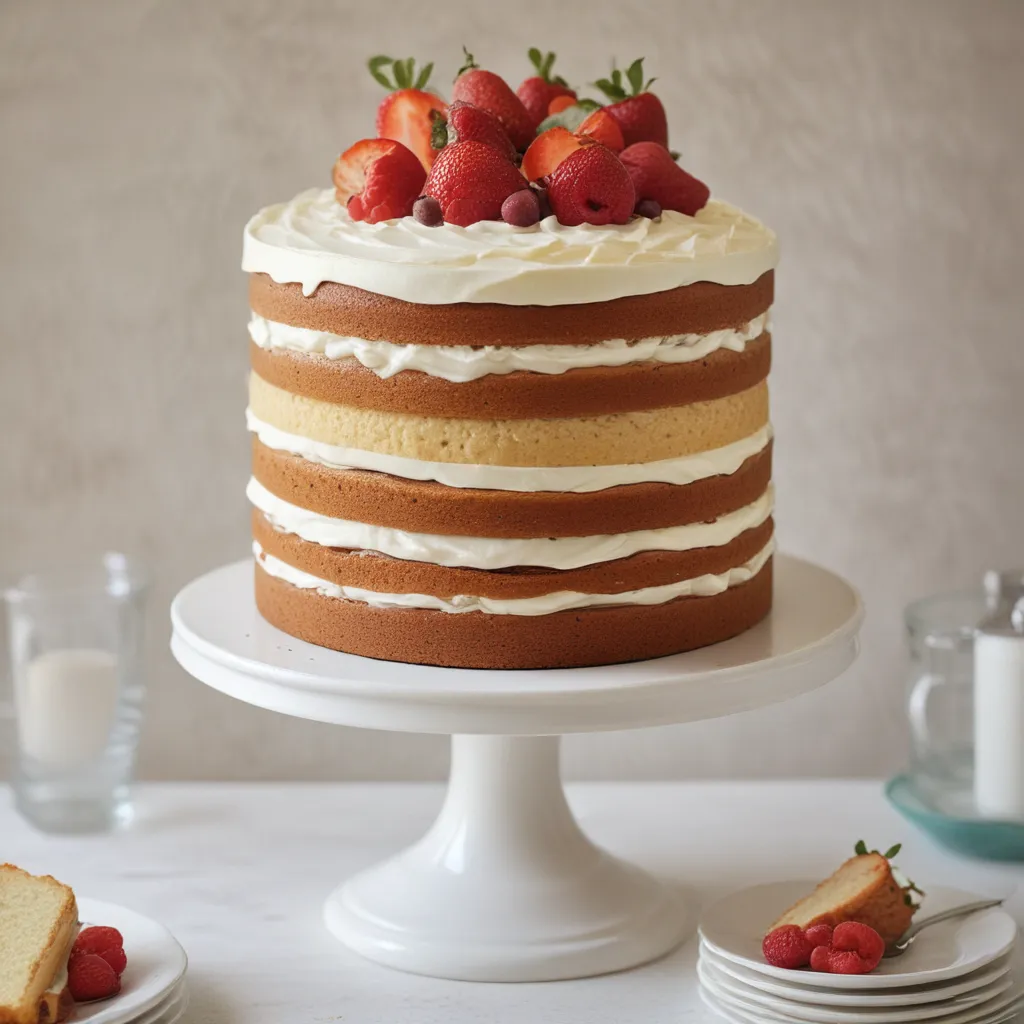Ah, the age-old quest for the perfect cake – moist, fluffy, and irresistibly delicious. As the owner of Jax Cake Shop, a custom cake boutique in the heart of San Jose, I’ve spent countless hours perfecting the art of baking. Trust me, I know the struggle all too well. How many times have you meticulously followed a recipe, only to end up with a dry, dense, or lopsided creation? Believe me, I’ve been there too!
But fear not, my fellow bakers, for I’m about to let you in on the secrets that have made my cakes the talk of the town. In this comprehensive guide, I’ll share the tips, tricks, and techniques that will have you whipping up bakery-worthy cakes in no time. Whether you’re a seasoned pro or a budding home baker, get ready to take your cakes to new, mouthwatering heights.
The Foundation: Getting the Basics Right
Let’s start with the fundamentals, shall we? Baking is a science, and getting the proportions of your ingredients just right is crucial. I can’t tell you how many times I’ve seen bakers go wrong simply because they didn’t measure their ingredients accurately.
I always recommend using a digital scale to measure your dry ingredients, as it’s the most precise method. Relying on cup measurements can lead to inconsistencies, especially when it comes to delicate ingredients like flour. And trust me, you don’t want to end up with a heavy, dense cake because you accidentally added too much flour.
Speaking of flour, the type you use can also make a big difference. I prefer to use a high-quality, all-purpose flour for most of my cake recipes. It provides the perfect balance of structure and lightness. But if you’re looking to achieve an extra-moist crumb, you might want to try substituting part of the all-purpose flour with cake flour. The lower protein content in cake flour helps create a more tender, delicate texture.
The Perfect Creaming Method
Now, let’s talk about the all-important creaming method. This is the foundation of many cake recipes, and it’s crucial to get it right. The key is to cream the butter and sugar together until they’re light and fluffy, which helps incorporate air into the batter.
Start by letting your butter come to room temperature. This will make it much easier to cream. Then, use an electric mixer (or a good old-fashioned elbow grease) to beat the butter and sugar together for several minutes, until the mixture becomes pale and airy. Don’t rush this step – the more you cream, the lighter and fluffier your cake will be.
One tip I always share with my customers is to scrape down the sides of the bowl periodically during the creaming process. This ensures that all the butter and sugar are incorporated evenly, resulting in a smooth, consistent batter.
The Art of Egg Incorporation
Eggs are the unsung heroes of cake baking. They provide structure, moisture, and richness to your cakes. But how you incorporate them into the batter can make all the difference.
I like to add my eggs one at a time, beating well after each addition. This helps them fully emulsify with the other ingredients, creating a smooth, cohesive batter. If you try to add all the eggs at once, you run the risk of the batter curdling or separating.
Another important tip is to make sure your eggs are at room temperature before you use them. Cold eggs can cause the batter to seize up, leading to a dense, tough texture. Simply let them sit on the counter for 30 minutes to an hour before you start baking.
The Secret to Moist, Tender Cakes
Ah, the Holy Grail of cake baking – how to achieve that elusive moist, tender crumb. Well, my friends, I’m about to let you in on a few secrets.
First and foremost, don’t overbake your cakes. I know it can be tempting to keep them in the oven a little longer, just to be sure they’re done. But trust me, that’s a surefire way to end up with a dry, crumbly cake. Use a toothpick or cake tester to check for doneness, and err on the side of underbaking rather than overbaking.
Another trick is to make sure you’re not skimping on the fat in your recipes. Butter, oil, and even sour cream or yogurt can all contribute to a moist, tender texture. And don’t be afraid to experiment – sometimes swapping out part of the butter for oil, or adding a touch of buttermilk or milk, can work wonders.
Finally, let’s talk about the power of simple syrup. Brushing a warm cake with a light, sugar-based syrup can help lock in moisture and add an extra layer of flavor. It’s a trick I use all the time, and it’s made a huge difference in the quality of my cakes.
Troubleshooting Common Cake Issues
Okay, so you’ve followed all the tips and tricks, but your cake still isn’t turning out quite right. Don’t worry, it happens to the best of us. Let’s dive into some common cake issues and how to fix them.
First up, the dreaded dry, crumbly cake. As I mentioned earlier, overbaking is the most common culprit here. But it can also be caused by using too much flour or not enough fat. Try reducing the flour by a tablespoon or two, and make sure you’re measuring accurately. And don’t be afraid to add a little extra butter, oil, or even a splash of milk or buttermilk.
On the flip side, if your cake is coming out dense and gummy, it’s likely due to overmixing the batter. Remember, you want to mix just until the ingredients are combined – any more than that and you’ll end up with a tough, chewy texture. Another potential issue is using too much leavening agent, like baking soda or baking powder. Adjust the amounts in your recipe and see if that does the trick.
Lastly, let’s talk about those pesky tunnels and peaks that can sometimes form on the surface of your cakes. This is often caused by uneven oven temperatures or improper pan preparation. Make sure your oven is fully preheated before baking, and use a light-colored, metal baking pan that’s been greased and lightly floured.
Elevating Your Cakes with Flavor
Now that we’ve mastered the basics of baking moist, fluffy cakes, let’s talk about how to take them to the next level with flavor.
One of my favorite ways to add depth and complexity to a cake is by using a combination of extracts. Vanilla is a classic, of course, but don’t be afraid to experiment with other flavors like almond, lemon, or even a touch of espresso powder. The key is to use them sparingly, as a little goes a long way.
Another fun way to enhance the flavor of your cakes is by incorporating fresh or dried fruits, nuts, or even chocolate. Think about pairing flavors that complement each other, like lemon and blueberry, or chocolate and cherry. And don’t be afraid to get creative with the textures, too – a little crunch from toasted nuts or a burst of juicy berries can really take a cake to new heights.
Of course, what would a cake be without the frosting? This is where you can really let your creativity shine. Whether you prefer a classic buttercream, a tangy cream cheese frosting, or a silky ganache, the options are endless. And don’t forget about the power of a simple glaze or a dusting of powdered sugar – sometimes less is more when it comes to showcasing the true flavors of the cake.
Putting it All Together: Baking Perfect Cakes Every Time
Well, there you have it, folks – my top baking secrets for creating fluffy, moist cakes that will have your friends and family begging for more. From mastering the creaming method to troubleshooting common issues, I’ve covered it all.
But before I let you go, I want to leave you with one final piece of advice: don’t be afraid to experiment and have fun with your baking. Cakes are a blank canvas, just waiting for you to put your own creative spin on them. So, go ahead and try that crazy flavor combination you’ve been dreaming about, or play around with different decorating techniques.
Remember, baking is an art, but it’s also a journey. Embrace the highs and the lows, and always keep learning. Who knows, you might just end up discovering the next big thing in the world of cakes!
And if you’re ever in the San Jose area, be sure to stop by Jax Cake Shop – we’d love to help you create the cake of your dreams. Until then, happy baking!





